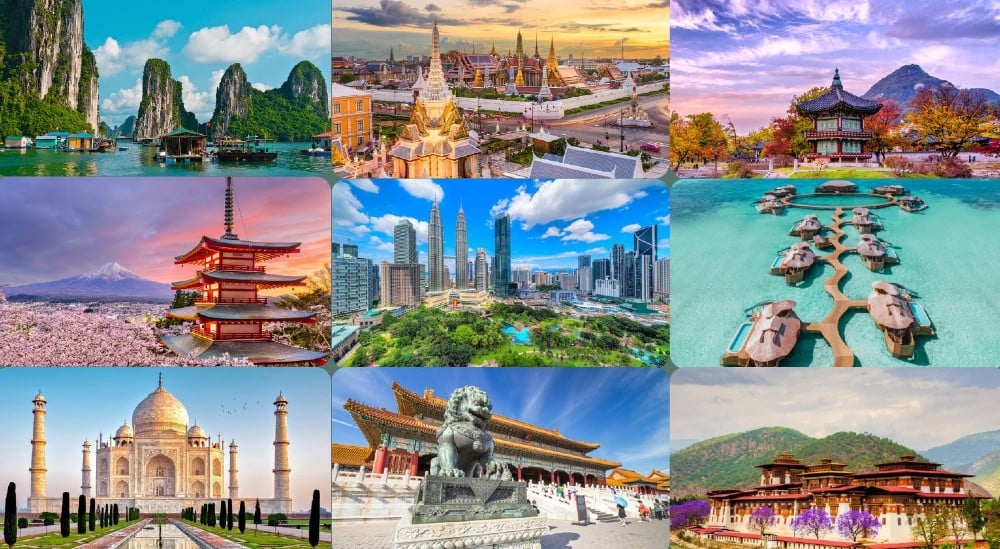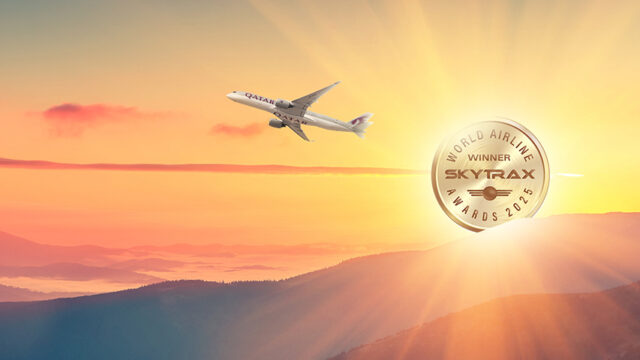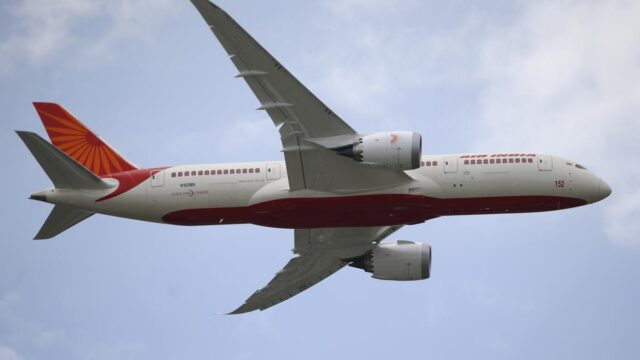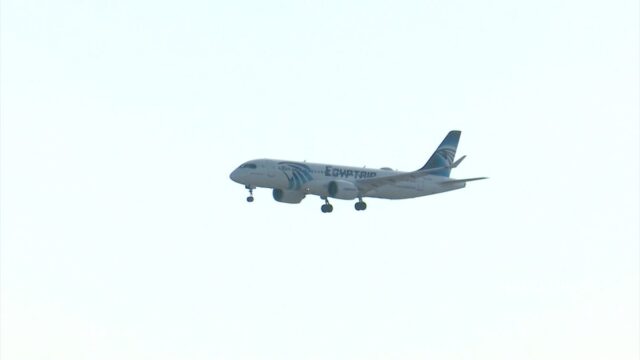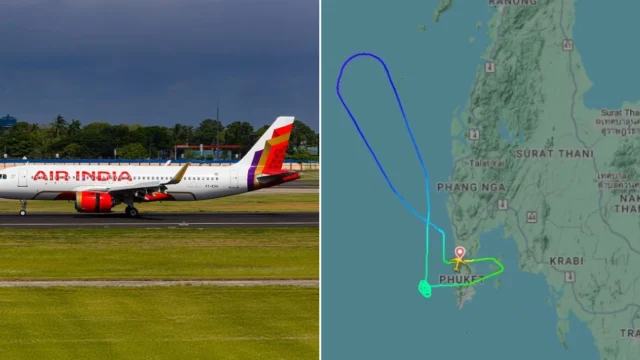The Asia-Pacific region has emerged as the second-highest performer among global regions according to the Travel and Tourism Development Index for 2024. Of the 19 constituent economies covered by the index, 10 surpass the average, and eleven have seen improvements in their scores since 2019. However, the region experienced the largest average decline in scores -0.7% between 2021 and 2024, attributed to delays in loosening travel restrictions and challenges in recovering air route capacity and sector investment. Consequently, the region saw declines in average scores for Air Transport Infrastructure -1.6% and Tourist Services and Infrastructure -4.4% since 2021.
Historically, Asia-Pacific’s strong economic growth, expanding middle class, and rich natural and cultural resources have driven rapid travel demand. Countries like China, Japan, and India boast some of the world’s largest tourism economies, ranking high for their natural and cultural assets. Developed economies in the region, such as Japan, Australia, South Korea, and Singapore, offer quality transportation and digital infrastructure, high levels of openness, and supportive environments ensuring high standards in business activities, safety, security, healthcare, and workforce quality. In contrast, emerging economies in South and Southeast Asia excel in price competitiveness but often lag in transport, tourism, ICT infrastructure, and enabling business environments.
Significant progress has been made in areas such as Ground and Port Infrastructure +5.1%, ICT Readiness +8.2%, Cultural Resources +5.5%, and the socioeconomic impact of travel and tourism, particularly in South Asia +30.2% since 2019. Agreements like the ASEAN-EU Comprehensive Air Transport Agreement and the ASEAN Single Aviation Market are expected to boost aviation in Southeast Asia, which has seen the highest improvements in air service agreements +6.0% since 2019.
Looking ahead, the region’s travel and tourism market is expected to resume its historically high growth rate. To achieve sustainable and resilient development, greater focus is needed on environmental sustainability, especially in developing economies in South and Southeast Asia. Investment in transport, ICT, and tourist services infrastructure must be increased, and business and labor market reforms are necessary to improve conditions for travel and tourism operators. Additionally, efforts to enhance the sector’s economic and social impact are needed, as many developing economies in Asia-Pacific currently score below average in these areas, generating fewer high-wage jobs and lower GDP contributions than the index means.
In 2024, Japan will be the top performer in the Asia-Pacific region, ranking third globally, with Australia and China also in the global top ten. China boasts the region’s largest and the world’s second-largest travel and tourism economy, while India has the largest travel and tourism sector in South Asia and is the top lower-middle-income economy according to the index. The Philippines relied the most on travel and tourism for its GDP in 2022, and Singapore is the top performer in Southeast Asia. Notably, Indonesia experienced the greatest improvement in the region, moving from 36th to 22nd with a 4.5% score increase.
Nepal ranks 105th in the index for 2024, with a score of 2.91. The country’s performance in various subcategories includes a score of 5.39 in Business Environment, 3.52 in Safety and Security, 3.27 in Health and Hygiene, 3.24 in Human Resources and Labor Market, 4.57 in ICT Readiness, 3.74 in Prioritization of Travel and Tourism, 5.77 in Openness to Travel and Tourism, 2.70 in Price Competitiveness, 2.24 in Air Transport Infrastructure, 1.35 in Ground and Port Infrastructure, 2.61 in Tourist Services and Infrastructure, 1.18 in Natural Resources, 1.28 in Cultural Resources, 3.82 in Non-Leisure Resources, 4.83 in Environmental Sustainability, and 4.35 in Travel and Tourism Demand Sustainability.
